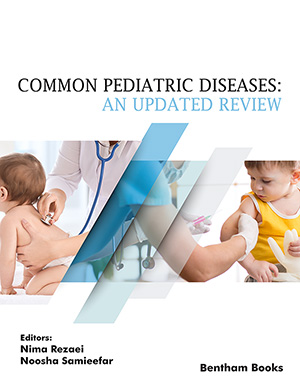Abstract
Systemic Lupus Erythematosus (SLE) is a chronic, autoimmune, and
multisystem disease. Childhood-onset SLE (cSLE) contributes up to 20% of all cases
of SLE and refers to patients who develop the disease before their 18th anniversary.
Impressive discoveries in all aspects of the disease emerge every day; one of the most
interesting is whether cSLE is a single or a group of diseases, with diverse
physiopathologic processes but sharing a rough phenotype. Patients with early onset
disease (<5 years), with associated infections and severe disease manifestations, should
urge the possibility of monogenic SLE, which represents a small proportion of all cSLE
cases, but often with a more complicated clinical course.
Despite its being considered a rare disease, the clinical outcomes could be devastating.
Patients with cSLE had higher disease activity indexes than adults. Although the
survival has improved, it also implies that patients remain a longer period under the
effects of the disease.
Enormous advances in the understanding of the physiopathological processes are
helping to better diagnose children with lupus; still, we are distant to have a perfectly
fitted therapy for all our patients. The outstanding efforts of clinicians and researchers
to find new therapeutic strategies are encouraging.
In this chapter, you will find a concise description of the novel advancements
concerning the disease pathogenesis, classification, assessment of disease activity,
treatment, and outcomes.
Keywords: Autoimmune disease, Classification criteria, Childhood-onset, Clinical manifestations, Cyclophosphamide, Disease activity, Damage, Epidemiology, Genetics, Glucocorticoids, Monogenic lupus, Mycophenolate mofetil, Outcome, Pathogenesis, Pediatric, Photoprotection, Systemic lupus erythematosus, Targeted immunotherapy






















